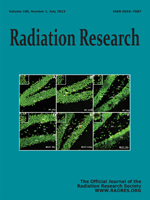The accumulated evidence in the literature indicates that a cluster of two or more lesions within one or two helical turns of the DNA is more challenging to repair than individual, widely dispersed lesions. The biological importance of clustered DNA lesions, especially complex double-strand breaks (DSB) and some types of non-DSB clusters (e.g., opposed bases that are oxidized), are now well known within the radiation research community. Still, many details of the induction and biological processing of complex clusters remain to be elucidated, especially in human cells. In this mini-review, we discuss recent advances in our understanding of the pathway(s) used by the mammalian cells to process and efficiently repair complex clusters other than the DSB. The effects of radiation quality and hypoxia on cluster induction and complexity are also briefly reviewed and discussed. Additional research is needed to better understand and quantify the multi-scale physiochemical and biological processes ultimately responsible for radiation-induced mutagenesis and genomic instability. New information and models to better quantify intermediate events (outcomes) related to the biological processing of non-DSB clusters are also important for ongoing efforts to assess the human health risks of terrestrial and space radiation environments and to guide the radiation therapy treatment planning process, especially for protons and carbon ions.
How to translate text using browser tools
17 May 2013
Induction and Repair of Clustered DNA Lesions: What Do We Know So Far?
Alexandros G. Georgakilas,
Peter O'Neill,
Robert D. Stewart
ACCESS THE FULL ARTICLE
<
Previous Article
|

Radiation Research
Vol. 180 • No. 1
July 2013
Vol. 180 • No. 1
July 2013




